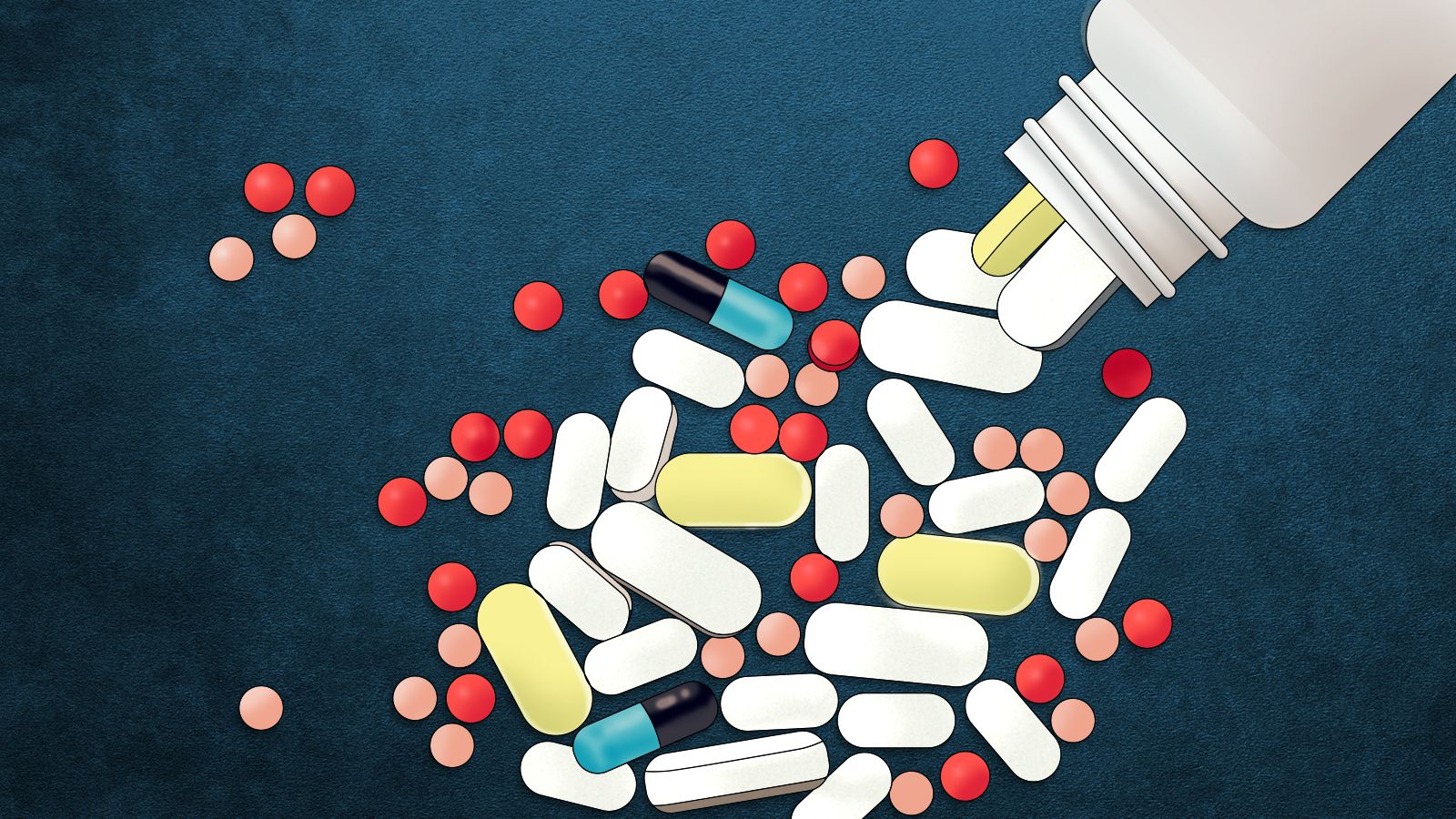When you take a pill, you may think that only the active ingredients are working on your body. You may think the only side-effects you’ll have will be from the active ingredients in the pill, but a study revealed that the function of inactive ingredients affect your body just as much.
A study by Harvard University, published in 2019 revealed that inactive ingredients have the potential to cause adverse reactions. Although a pill may sustain without an inactive ingredient, it is still deemed as important because it helps in formulating the drug.
The main function of an inactive drug is to hold the drug together. As they play a supporting role, Inactive ingredients can help in extending the on-shelf life of a drug. They are also added to make the drug more flavorsome.
Talking to The Wonk, Dr. Daulat Singh from Shubh Nursing Home said, “The active ingredients in a medicine usually only weigh 0.25 gram, and a tablet made from only active ingredient will not be able to sustain it self anyhow. The inactive ingredients adds bulk to the medicine, which is very important.”
He also added, “While giving out a medicine, we as doctors are only aware of the main reaction that can happen due to the medicine, and when the authorities find new reactions that are happening due to the medicines, we are updated about them.”
What is inside a pill?
The study points out that researchers found out that an average pill or capsule consists of about nine inactive ingredients. These ingredients are included in a pill with a range of just zero to 35. But, why do we need so many inactive ingredients in such a small pill?
The purposes of inactive ingredients:
- Fatty acids helps to promote the absorption of the drug.
- Polysaccharides or vitamin E extend a drug’s shelf life.
- Artificial sweeteners such as aspartame and saccharin are used to mask a bitter taste
- Polymers keep some opioid pills such as oxycodone (OxyContin) from being dissolved (a step to prevent medications from being abused).
- Lactose and other sugars bind ingredients together.
By the time, a medicine is done being made, it consists inactive ingredients as three-fourths of its composition.
Intolerance and Allergic reactions
Dr. Daulat states, “It is all about the manufacturer companies. Different manufacturers use different ingredients for the same medicine. People usually avoid going to the doctors for an upgradation or re-check up for the continuation of medicines. They usually call their chemists and buy substitutes or tell them their symptoms and chemists provide medicines to them. If the medicines are from a different manufacturer company, they are inhabited to, it may cause an allergic reaction.”
“The reactions are rare, but sometimes they are deadly too.” he added.
According to the study, the most common risk stems from intolerances to ingredients known as fermentable oligosaccharides, disaccharides, monosaccharides, and polyols (FODMAPs). These are sugars found in certain foods, these can be difficult to digest and can cause gastrointestinal symptoms such as gas, bloating and diarrhea.
The study revealed that 55% of all oral medications contain at least one FODMAP. For example, lactose, was found in all available formulations of the cholesterol-lowering drug named, rosuvastatin. It was also found in all versions of the pain reliever diclofenac. About 65% population globally, faces difficulty digesting lactose.
A rare but most life- threatening risk from some inactive ingredients is an allergic reaction.
Dr. Daulat narrated an incident about the deadly reactions caused by medicines sometimes, stating, ” Their was a patient who I had been giving an injection to, since many years, it was working for him and he was absolutely fine, but one time he went to some other doctor, maybe in a hurry, and was injected with the same injection, just manufactured by a different company and he caught an allergic reaction and eventually died. So reactions happen, they are rare, but they happen. It was the same injection, just from a different manufacturer.”
The study also found that 38 inactive ingredients that were potential allergies, like peanut oil, chemical dyes and gluten. Researchers also found that 98% of the pills they looked at contained at least one allergen.
What can we do?
Dr. Daulat Singh suggested that the continuous consultation from a single doctor who knows a person’s whole medical history is very important. He also said that consumption of medicines from one manufacturer can also help and he highlighted that a person should only change their medicines after consulting their doctor. Unsupervised consumption of medicinal drugs may cause harm.
The impact of an inactive ingredient can vary from person to person. It is necessary to read all the ingredients carefully before making a purchase.
In a case where an inactive ingredient concerns you, or you have an allergy or intolerance to chemicals or foods, or in case of an adverse reaction, talk to your doctor immediately.
Due to their vital role in the functioning of a medicine, inactive ingredients are irremovable. But what can happen is, we can be more careful with what we are consuming and stay healthy.

